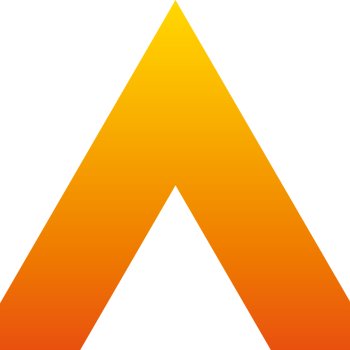The AI revolution is here. More organisations are looking towards AI tools as the technology behind them becomes more powerful, and Microsoft is at the forefront. With a massive focus on AI in 2023, Microsoft is empowering their products with the full potential of generative AI.
The Microsoft Power Platform features advanced AI implementations, one of the most significant of which is AI Builder.
In this blog, we’ll dive into AI Builder and explore how it’s supercharging the Power Platform. We’ll also look at the conversation booster in Microsoft Power Virtual Agents, and discuss how your business can take advantage of the AI capabilities of the power platform.
What is AI Builder?
AI Builder is a Power Platform feature that is dedicated to optimising your business processes. Using AI-based tools, you can easily speed up your business by automating processes, while also being able to extract insights from your data.
AI Builder lets you do all of this without needing coding or data science skills, meaning that you can simply create the tools that you need with ease with custom functionality, or even use one of the prebuilt models that have been made with common business scenarios in mind.
This enables you to complete business tasks much quicker and automatically extract insights from them, increasing productivity.
AI Builder in Microsoft Power Apps
AI builder can be used in Microsoft Power Apps in two ways. Whichever one that you use will depend on the model that you will be using, and will entail different things for your AI Builder integration.
- Using AI models in the formula bar: These are prebuilt models that can be used in the formula bar: Sentiment Analysis, Key Phrase Extraction, Language Detection, Entity Extraction, and Category Classification, the latter two of which can also be used with a custom model.
- Adding AI Builder components: There are two types of components that can be used, a prebuilt AI model or an AI model that you build and train yourself.
These can be used to create AI solutions within Power Apps quickly, which can be vitally useful for your organisation in lots of different ways; from information extraction and form processing to object detection and even prediction, the ability of a well-trained AI model in Power Apps can fully enhance your business.
Power Apps also has GPT-enabled data exploration, meaning that the business intelligence tools available to you with Power Apps have become far more intelligent and capable, with GPT-4 being one of the most transformative generative AI models in the world in 2023.
AI Builder in Microsoft Power Automate
Automation and AI go hand-in-hand, and Power Automate can take full advantage of the potential of AI Builder.
With pre-built AI models that can fully automate human tasks such as translation and text recognition, as well as custom AI models that can be fully trained on data extraction and prediction, the automation capabilities offered by Power Automate have become far more intelligent.
GPT is also infused into Power Automate’s AI capabilities, allowing you to fully generate a workflow by making GPT create instructions for the automated workflow. This unlocks lots of new possibilities with automation; GPT can create text for emails, descriptions, and responses that are not only intelligent but also relevant.
Conversation Booster in Microsoft Power Virtual Agents
Chatbots are a tool that can help you support your customers, and AI is amplifying usage by creating new support capabilities and increasing their intelligence.
You can use Generative AI to create chatbots within Microsoft Power Virtual Agents already and train them over time with self-learning capabilities. However, the new capabilities of Conversation Booster mean that your bots are now more intelligent than ever.
The inclusion of powerful AI capabilities into Microsoft Power Virtual Agents means that you can now have chatbots that can use generative answers from within your organisation (e.g. from sources such as SharePoint and OneDrive), to help answer queries from customers if it cannot find the topic directly.
AI lets you do this without needing to create topics, instead finding information from the sources and presenting it in a helpful way. By using Bing-powered AI, you can also connect any indexed website to your chatbot and use it as a source to generate answers.
This also still works with the previous method of creating topics. The chatbot will look through all of the available topics to figure out if a topic already exists before using generative answers, meaning that any important topics that need to be covered in a specific way can still be covered as you need them to be.
These new features are a great way to ensure that your customers are satisfied and that your chatbots are effectively providing support. The power of generative AI will allow chatbots to advance and become more intelligent in their answers as time goes on.
How to get started
AI is a vital tool in 2023, and getting to grips with its capabilities is the best way to set yourself apart from other businesses. If you’re looking to stay ahead of the curve, watch our on-demand webinar ‘Chat GPT & Generative AI, the revolution begins’ or get in touch today to see how we can help.


